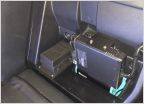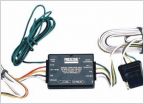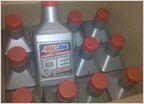-
Welcome to Tacoma World!
You are currently viewing as a guest! To get full-access, you need to register for a FREE account.
As a registered member, you’ll be able to:- Participate in all Tacoma discussion topics
- Communicate privately with other Tacoma owners from around the world
- Post your own photos in our Members Gallery
- Access all special features of the site
130 Amp alternator question: Biggest DC-DC charger for house battery?
Discussion in 'Technical Chat' started by wi_taco, Feb 9, 2022.
Page 1 of 2
Page 1 of 2


 No radio....need new antenna/ cable
No radio....need new antenna/ cable Before I order 75w90 what is everyone's thoughts on brand?
Before I order 75w90 what is everyone's thoughts on brand? Installing Inverter in Cab
Installing Inverter in Cab Cruise control quit working after trailer wire harness installed
Cruise control quit working after trailer wire harness installed Oil Filter & Oil Info collected
Oil Filter & Oil Info collected

